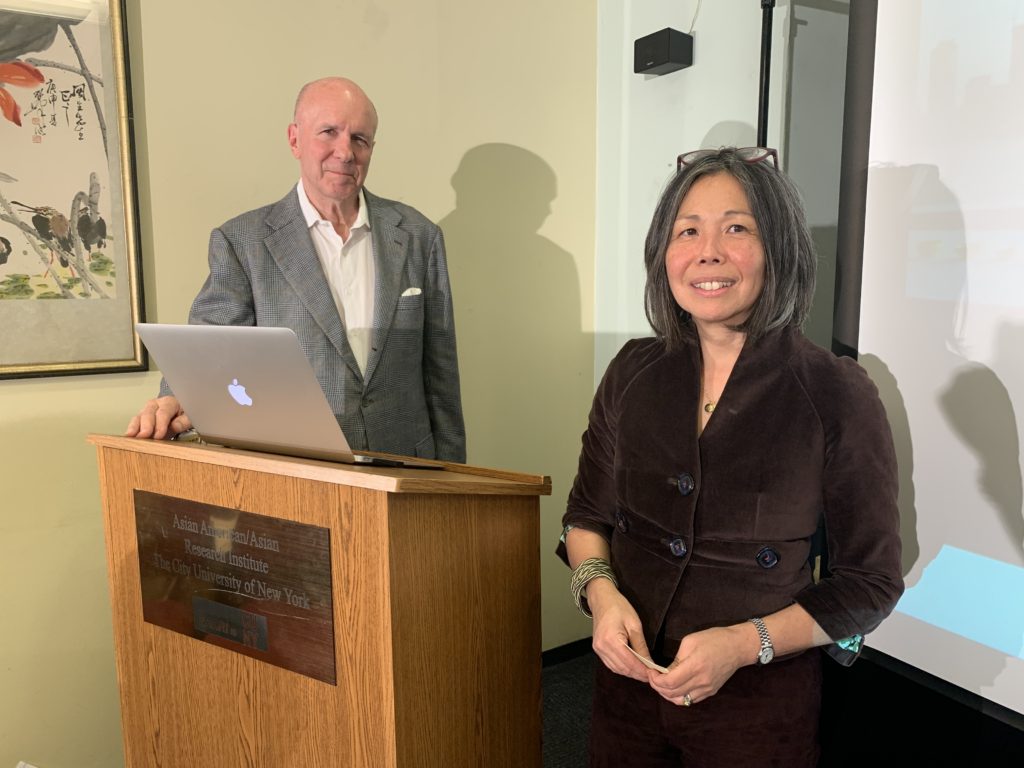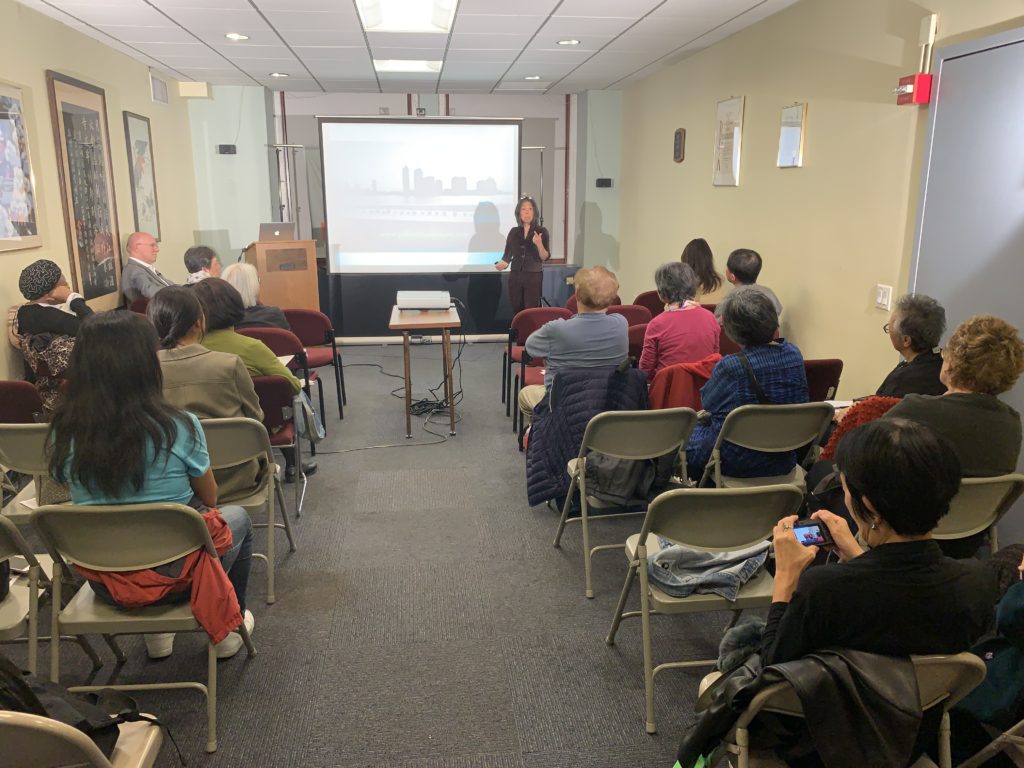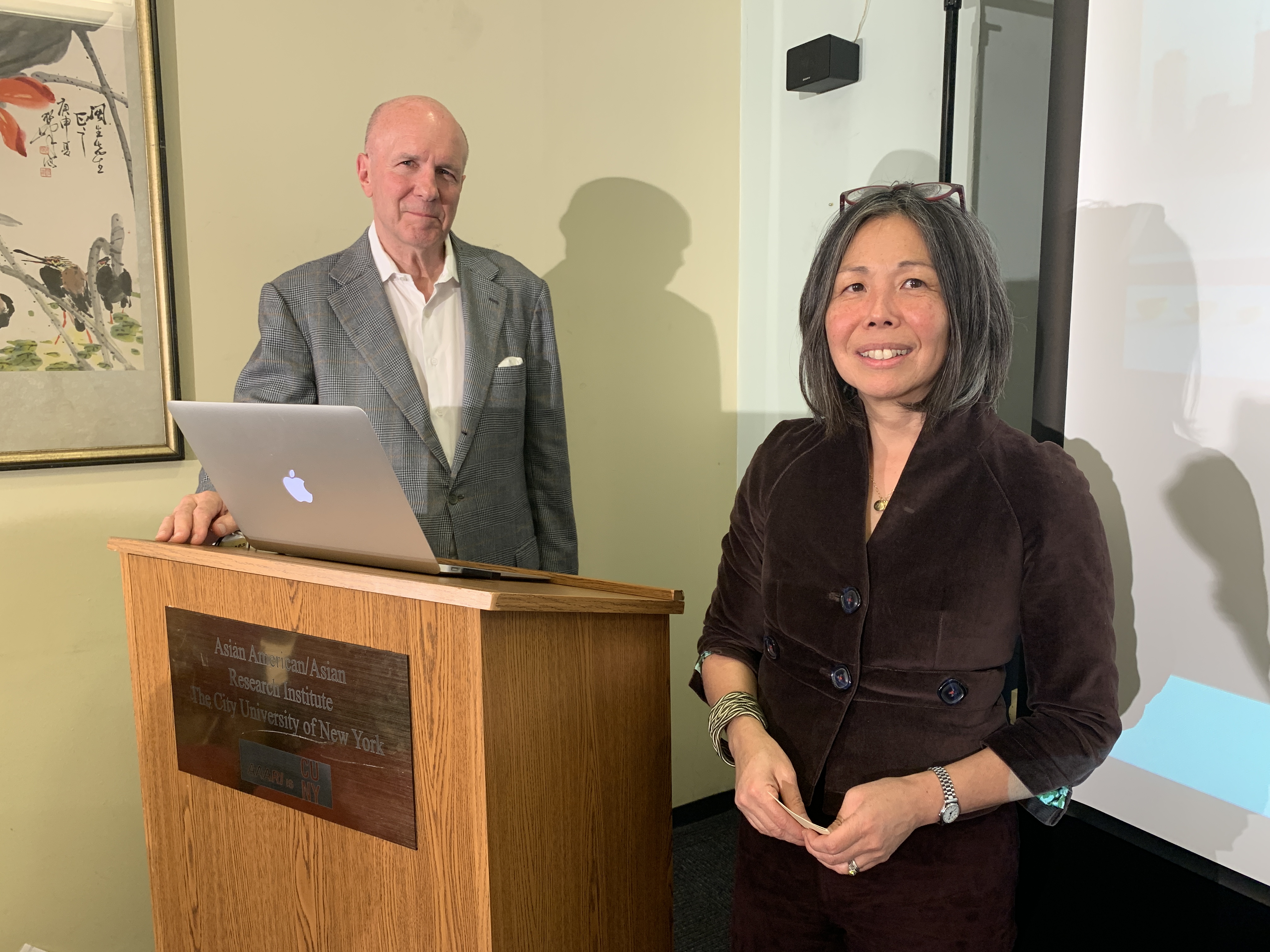
Setsuko Winchester, Japanese American ceramic artist, photographer and journalist will discuss her conceptual art work, Freedom from Fear/Yellow Bowl Project. The FFF/YBP is an attempt to shine a new light onto an old aspect of America’s history with race and ethnicity, prejudice and bias and how they shaped this country’s ideas of freedom, justice and citizenship.
This project was inspired by and timed to explore the idea of the Four Freedoms as first expressed by President Franklin D. Roosevelt in his famous 1941 speech where he said: “In the future days, which we seek to make secure, we look forward to a world founded upon four essential human freedoms. The first is freedom of speech and expression – everywhere in the world. The second is freedoms of every person to worship god in his own way – everywhere in the world. The third is freedom from want… everywhere in the world. The fourth is freedom from fear… anywhere in the world. That is no vision of a distant millennium. It is a definite basis for a kind of world attainable in our own time and generation.”
A little over a year later, on February 19, 1942, following the Japanese military’s bombing of Pearl Harbor, President Roosevelt would sign Executive Order 9066, which gave the U.S. military authority to round up and imprison any person it deemed necessary from the western half of the United States, declaring it to be a military zone. This included anyone with more than 1/16th “Japanese blood.” Eventually over 120,000 individuals would be incarcerated in ten U.S. concentration camps. Nearly two-thirds of these individuals were American citizens, and a third of them were children. No one was ever found guilty of treason or espionage by the U.S. government.

In 2015, Setsuko created and took 120 hand-pinched yellow tea bowls (each representing 1000 individuals) to all ten of the U.S. concentration camps that had been created during World War II to incarcerate the 120,000 U.S. citizens of Japanese ethnicity, and their parents or grandparents, who were excluded by law from naturalizing. The tea bowls were glazed yellow to represent “The Yellow Peril” as Asians have historically been called, and made of clay because ceramic pieces are often the last remaining vestiges of a culture or civilization found in archeological sites. Each bowl was hand-pinched to symbolize the fact that these incarcerated people were individuals, and not one monolithic entity.
In addition to the ten U.S. concentration camps, other project sites include the steps of the Supreme Court, Four Freedoms Park in New York City, the Memorial to Japanese American Patriotism in Washington, DC., and Norman Rockwell Museum in Stockbridge, Massachusetts. In 2016, the FDR Library and Museum invited Setsuko to bring her project to Hyde Park to create a site-specific image. The following year, from February 2017 to January 2018, her images were featured as a contemporary take on the Four Freedoms for the FDR Library’s 75th anniversary Exhibition of the signing of Executive Order 9066.
More recently, the FFF/YBP has been documented at several U.S. World War II internment camps (different from the military-run U.S. concentration camps) which were used by the Department of Justice to detain mostly German, Italian and Japanese foreign nationals. In 2018, the National Park Service gave Setsuko permission to create a site-specific image in Ellis Island’s Great Hall. And in 2019, she was invited to create two new site-specific images, one at Honouliuli, the newly discovered internment camp in Honolulu, Hawaii (now part of the National Parks Service), and a special site overlooking Punch Bowl Cemetery and all of downtown Honolulu, including Pearl Harbor.

